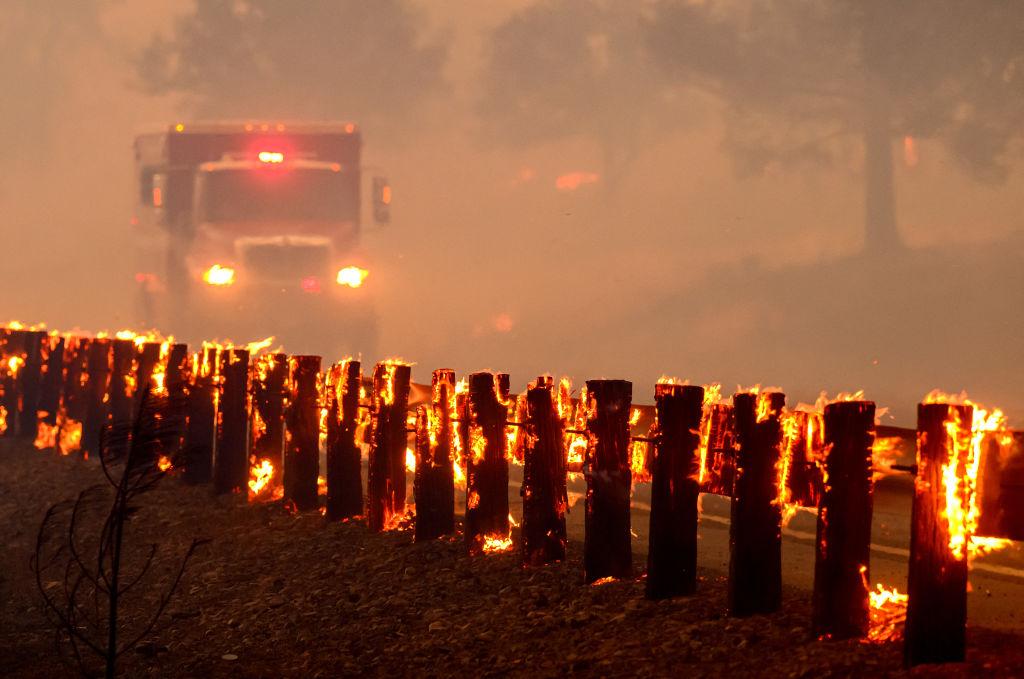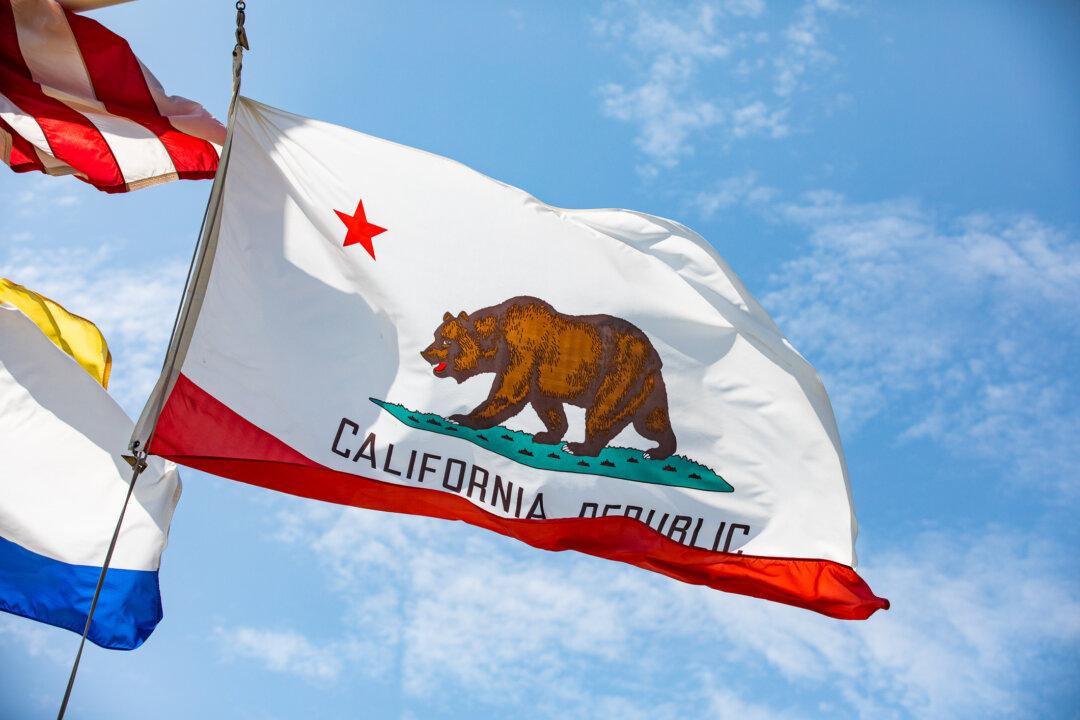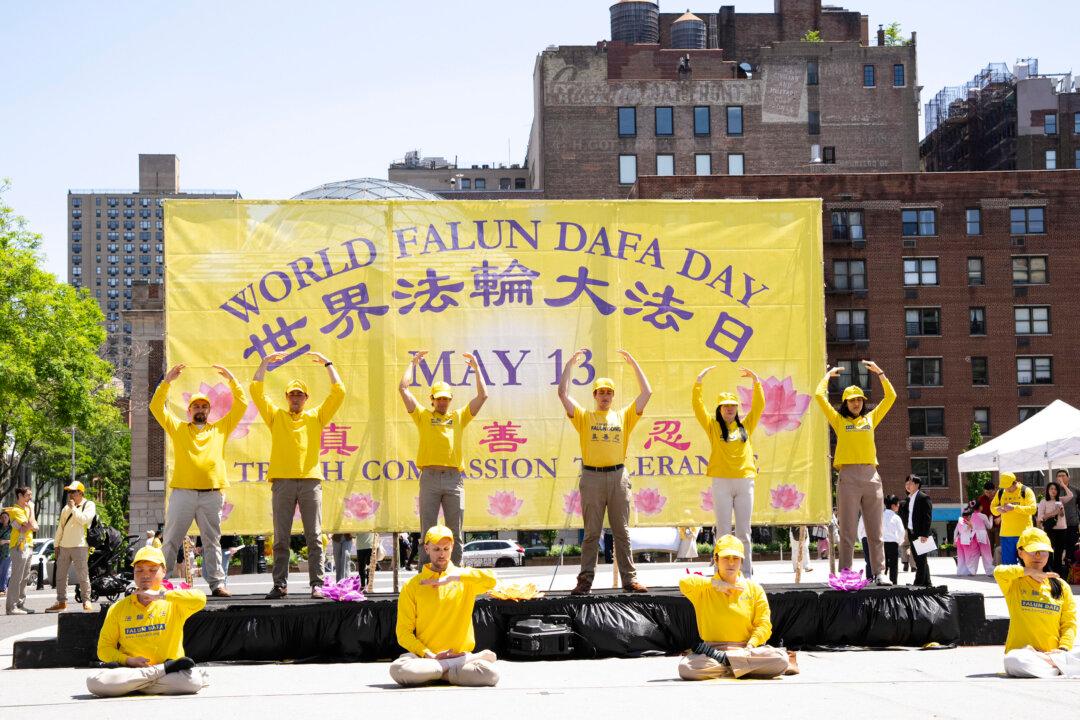As the recent Northern California fire reshuffles the list of the state’s largest wildfires, the Park fire has now become California’s fourth largest by area burned on record as of Aug. 2.
According to the California Department of Forestry and Fire Protection (Cal Fire), seven of the 10 largest wildfires in California’s history have occurred in the past five years, with five of those happening in 2020—a year often cited as one of the worst drought years in the U.S. West in modern history.





